Main Menu
Robins are welcome visitors to our gardens all year round but especially in winter when their cheery red breast can brighten up even the dullest of days.
Here are 12 fascinating facts about Britain’s favourite bird.
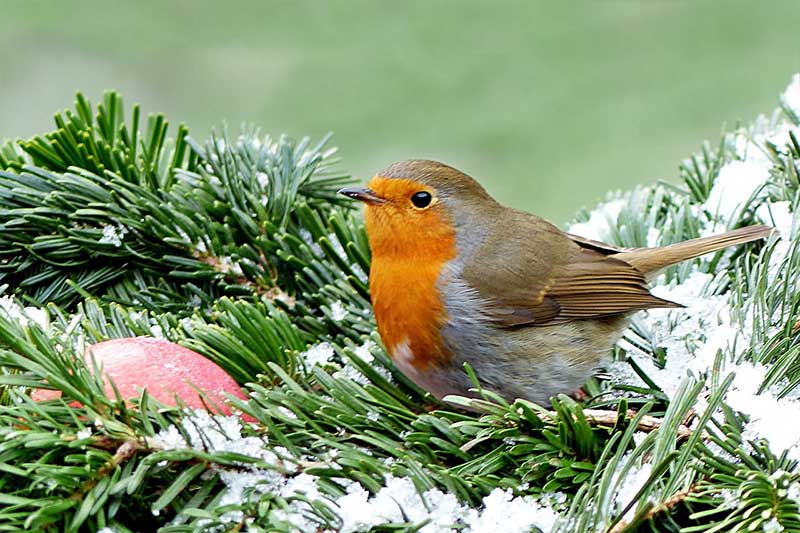
Nearly 75% of robins will not survive their first year, with most falling victim to predators or failing to adapt to the challenges of finding food and shelter on their own. Young robins are particularly vulnerable during this stage of life, as they lack the experience and skills needed to evade threats and secure resources.
In established adult robin populations, territoriality plays a significant role in mortality. Around 10% of adult robin deaths are attributed to aggressive disputes. Robins are highly territorial birds, and their strong instinct to defend their breeding and feeding grounds often leads to fierce conflicts with rivals.
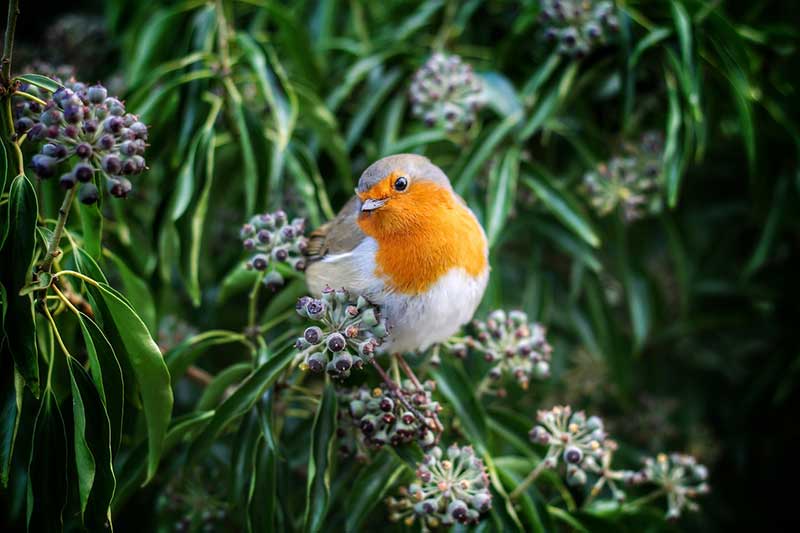
In the Victorian age, robin skins were popular adornments for ladies’ hats.
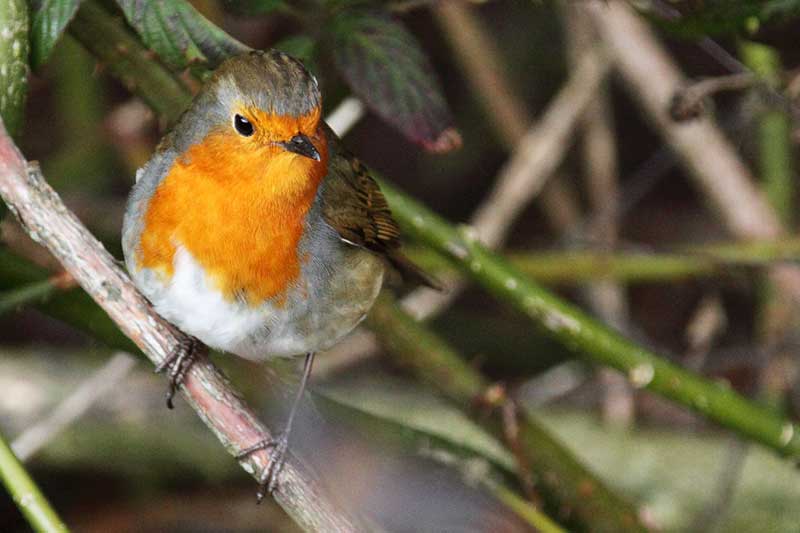
Robins are known to sing at night, a behaviour influenced by artificial lighting and noise pollution during the day. As one of the most common night-singing birds, they are frequently heard during the winter months when their breeding season begins. Their melodic songs, often mistaken for those of nightingales, are a familiar sound in urban and suburban areas.

Early colonial settlers in America named the American robin after the European robin due to its similar colouring. However, the two species are not closely related. The American robin belongs to the thrush family (Turdidae), alongside blackbirds, song thrushes, and fieldfares, while the European robin is part of the Old World flycatcher family (Muscicapidae).
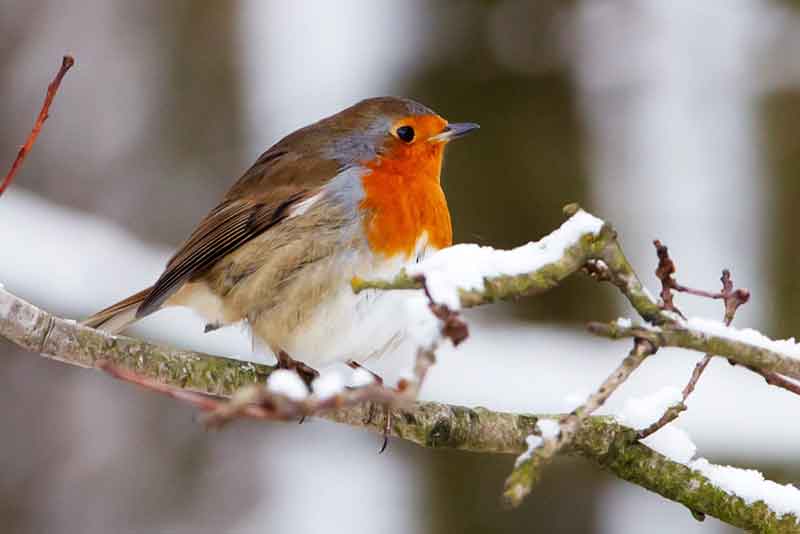
In mild winters, robins may begin breeding as early as January, although their breeding season usually starts in March. During this time, males sing loudly within their territories to attract a mate. They lay eggs between mid-April and mid-August, with the chicks fledging after approximately two weeks. Robins typically produce two broods per season, each consisting of around four to six eggs.
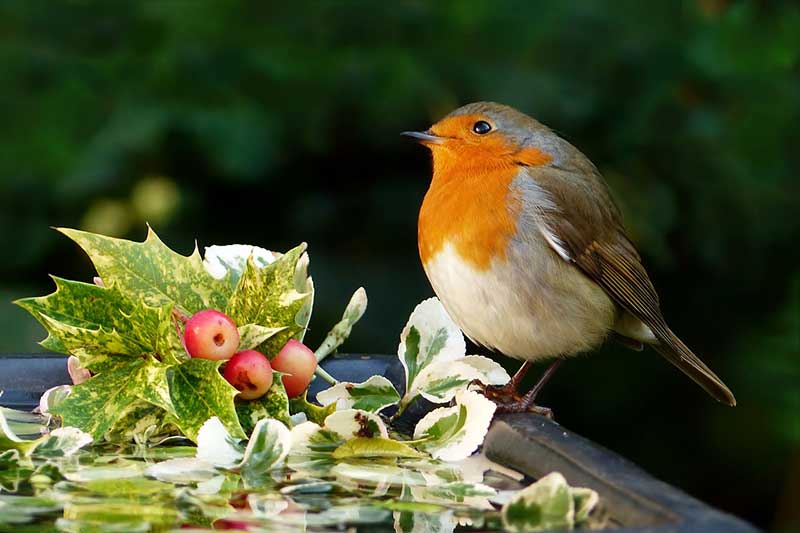
Robins have been known to nest in all sorts of unusual places including post boxes, discarded boots, outside ashtrays, plant pots, coat pockets, and even the engine of an old World War II plane. In the wild, they usually nest in hedgerows or a hollow in a tree, but will also use open-fronted nest boxes in gardens.
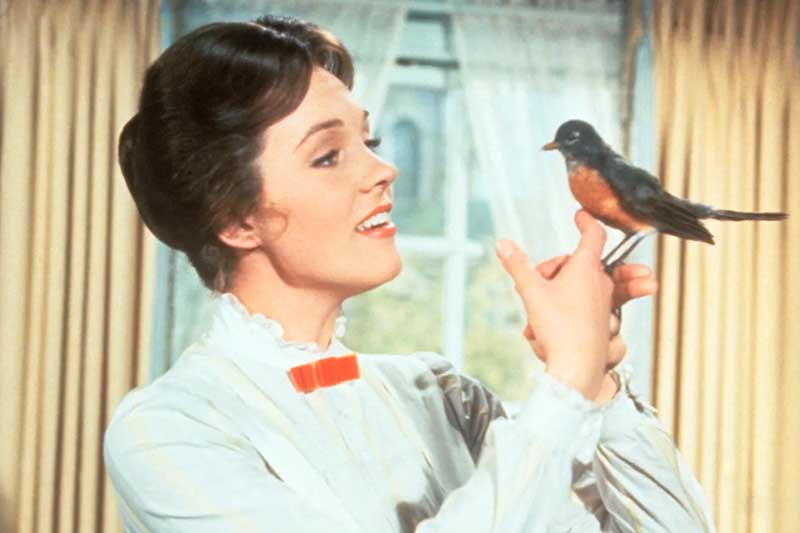
In the film Mary Poppins, the robin that lands on Mary’s finger during “A Spoonful of Sugar” is an American robin instead of a European robin.
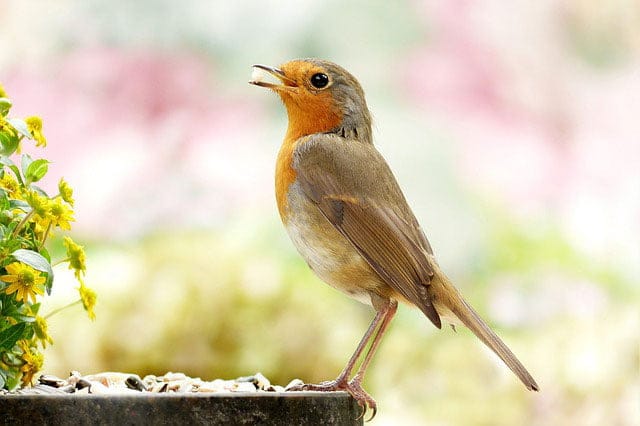
The robin has twice been declared Britain’s national bird; the first time was in 1960 and the second in 2015. But it’s not yet been made official.
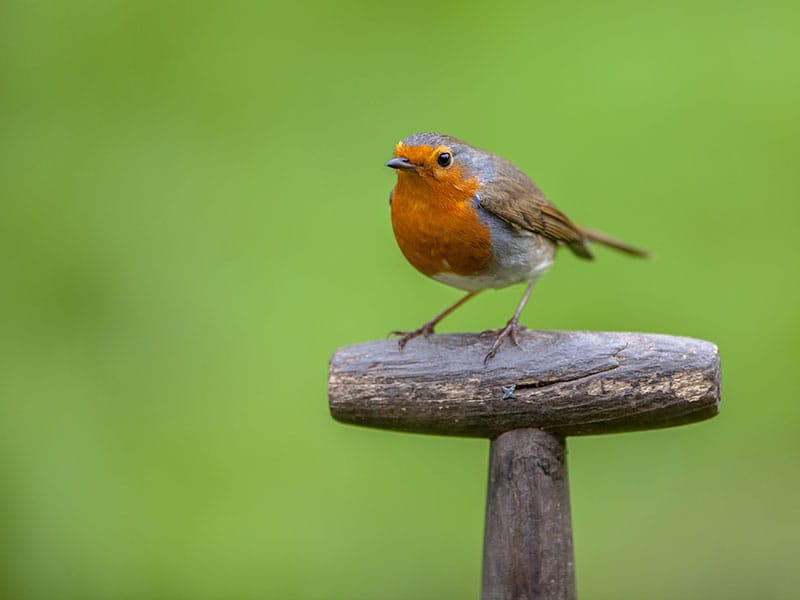
In the UK robins are renowned for their friendliness. However, in the rest of Europe they are shy and generally unapproachable.

Every continent has its own species of robins, but only the Japanese and Ryukyu robins are closely related to the European robin.
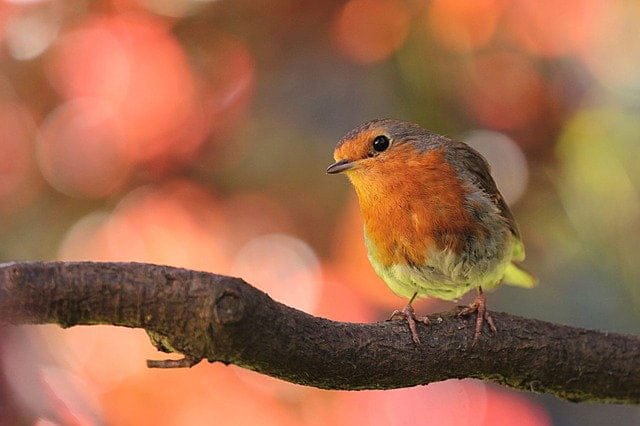
Despite their cute appearance, male robins can be very aggressive and will attack their own reflection or even a bundle of red feathers if they mistake it for another bird.
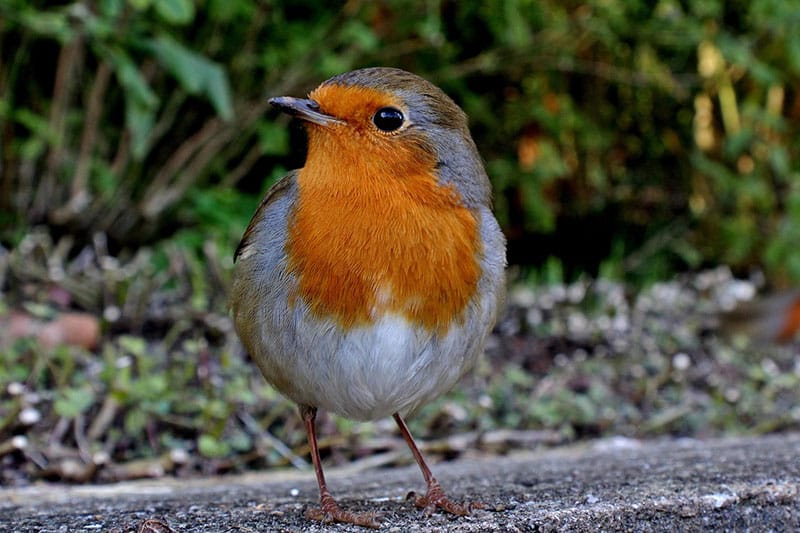
The robin used to be classified as a member of the thrush family but is now considered to being to the chat family and related to the bluethroat, nightingale, and restart.